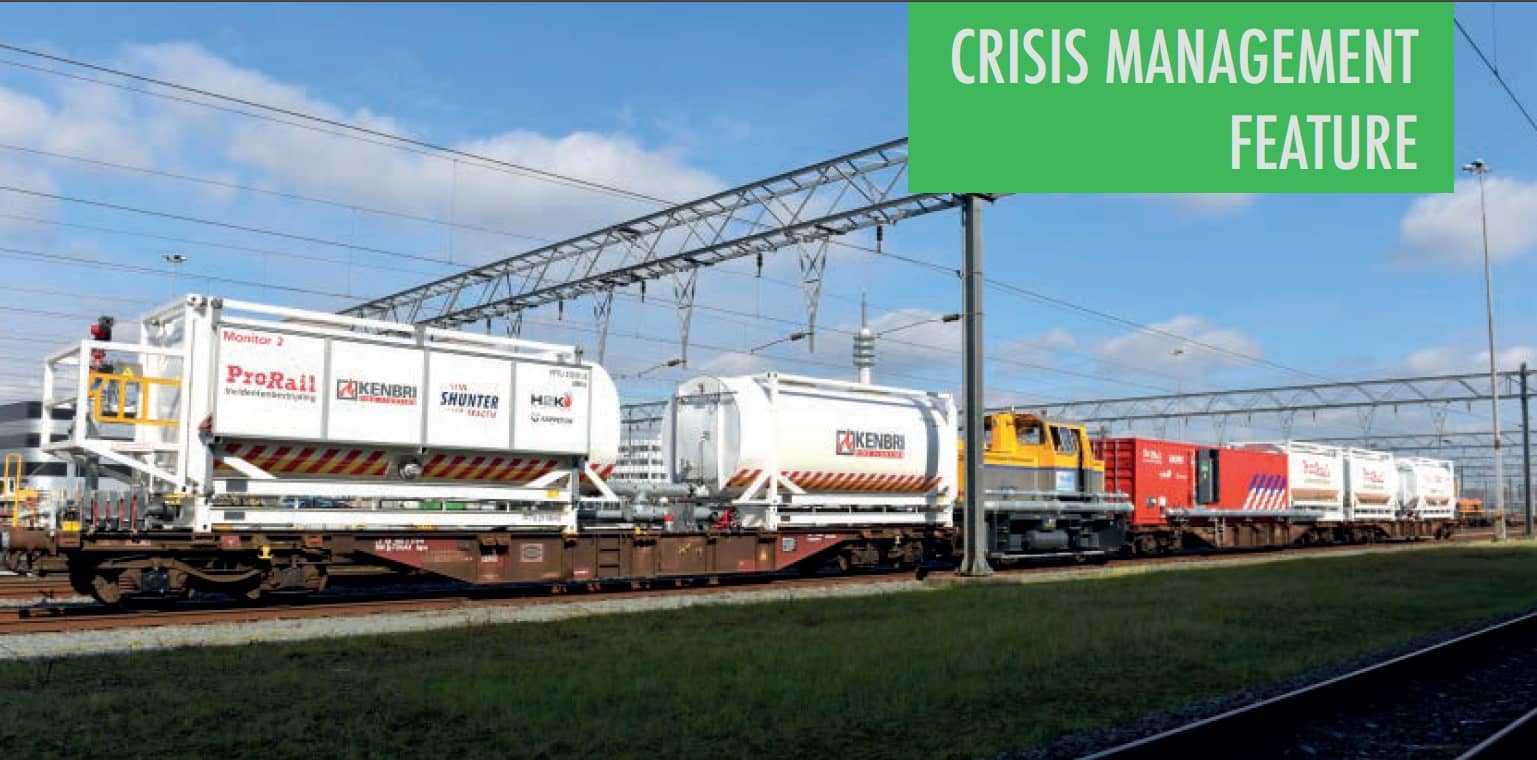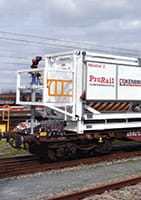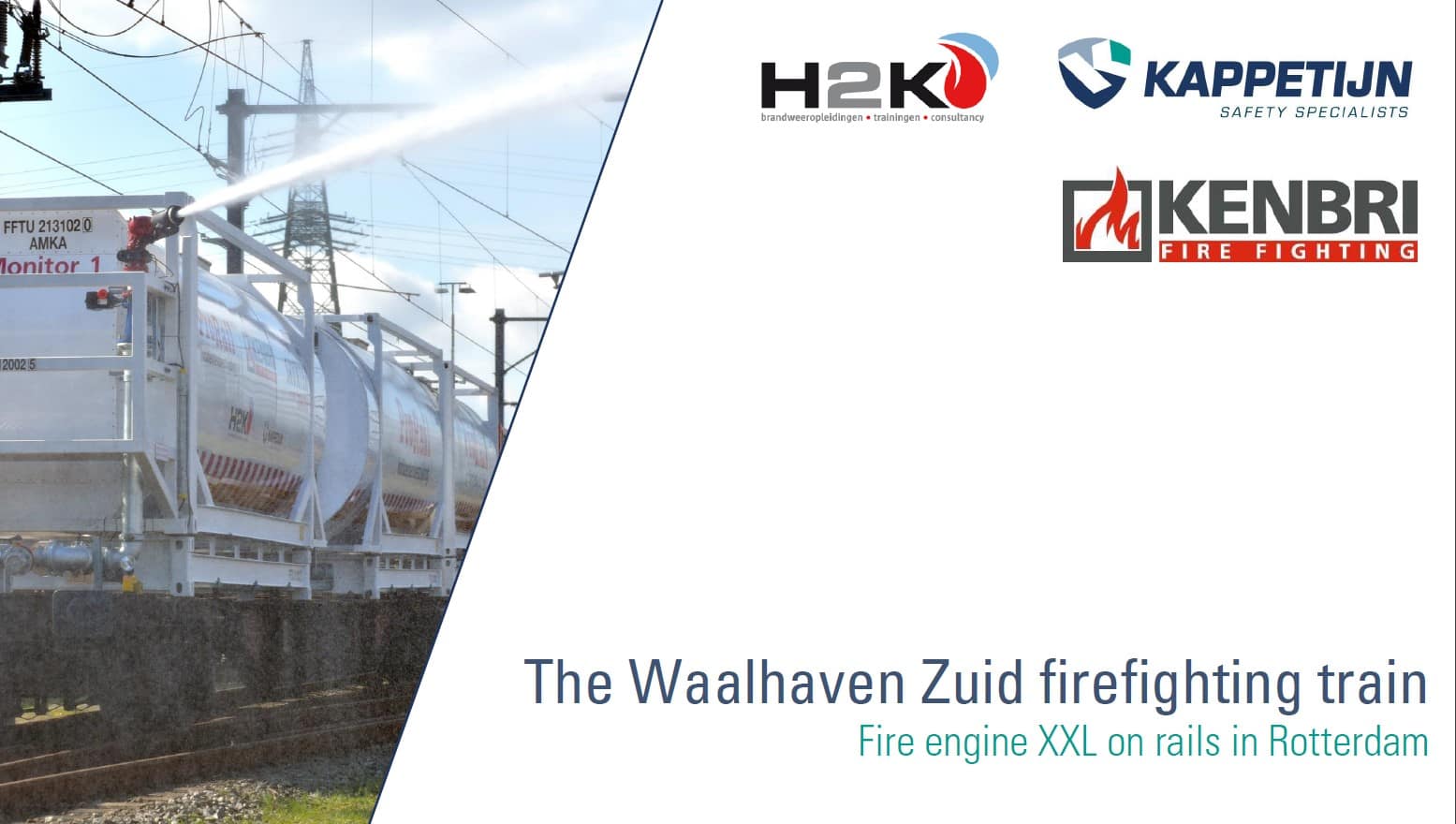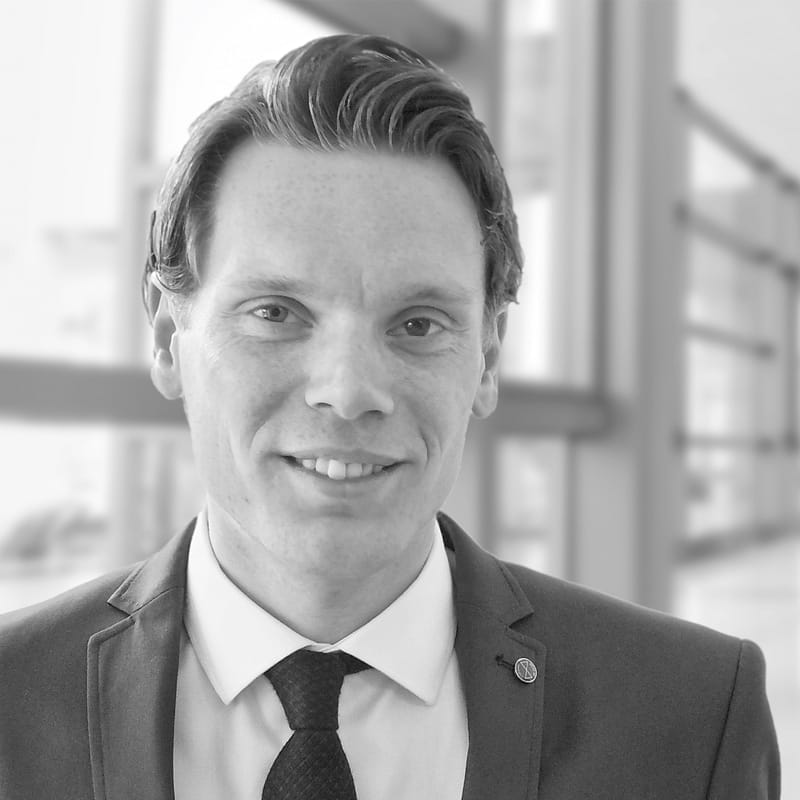Speedy solution

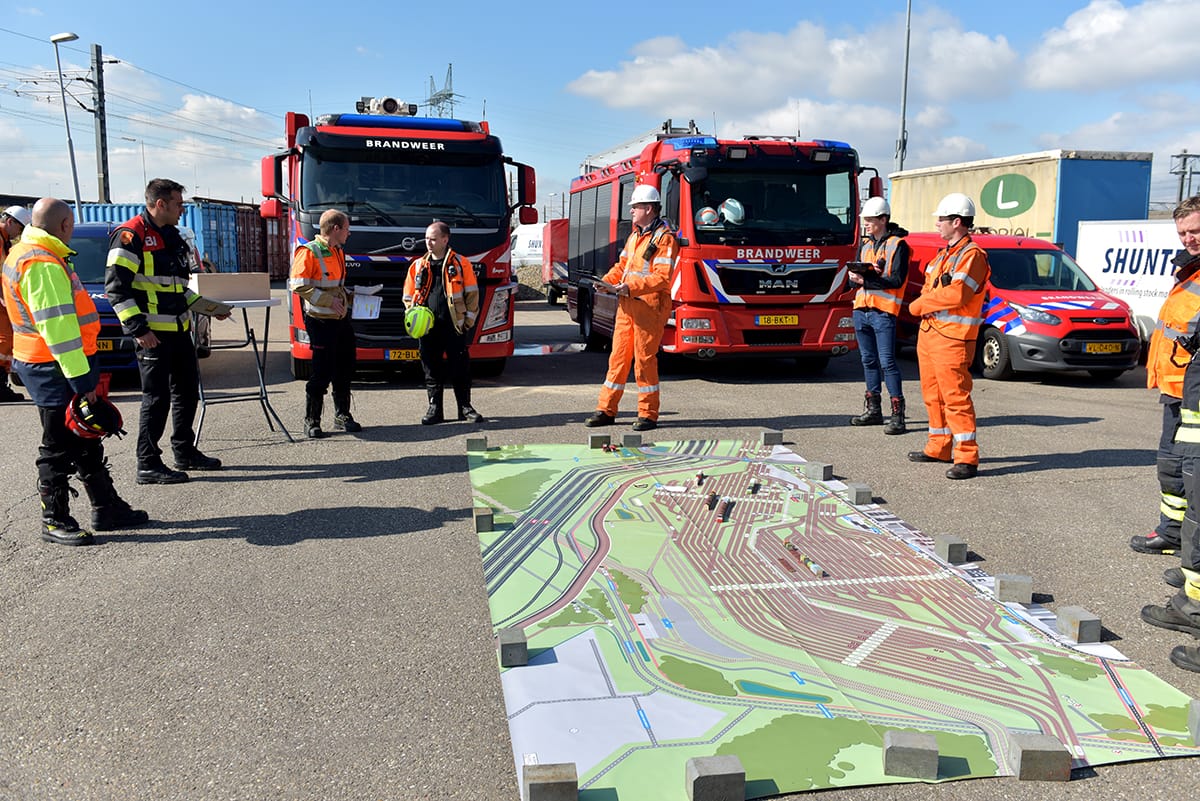
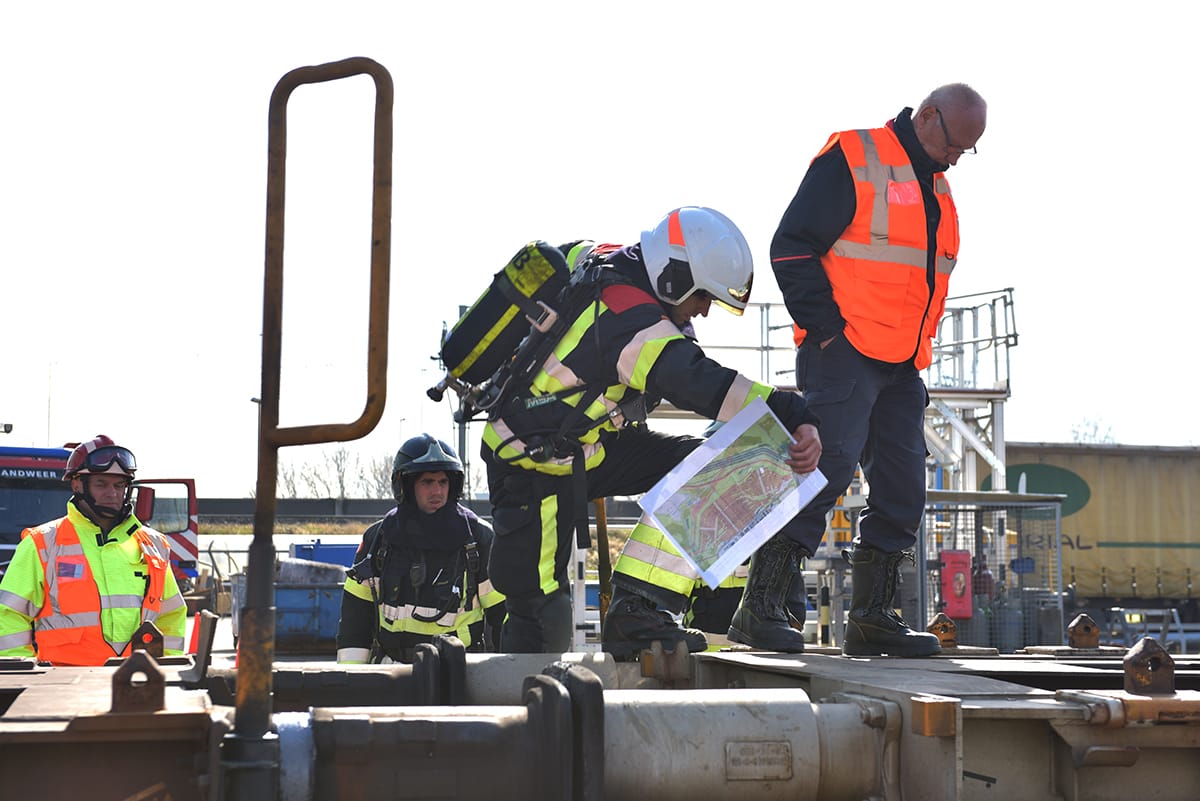
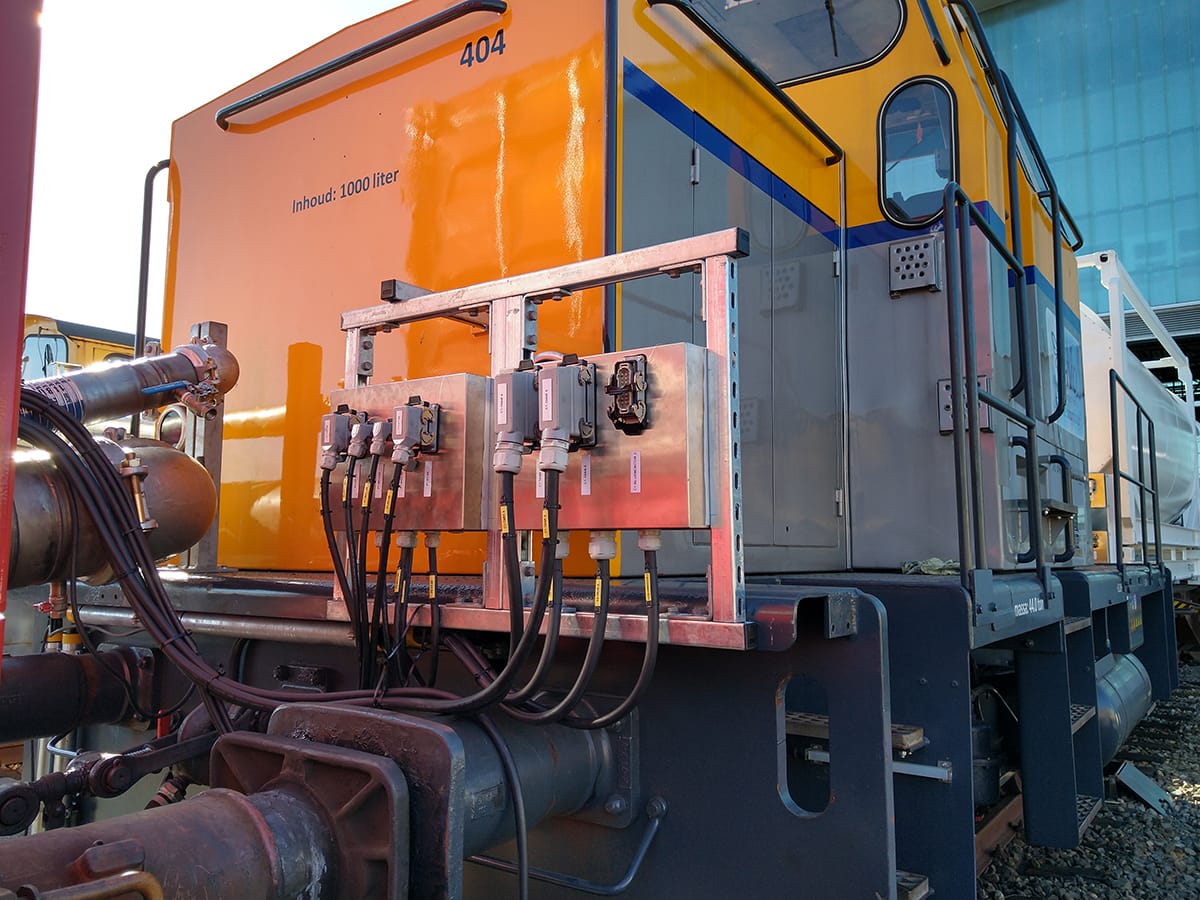
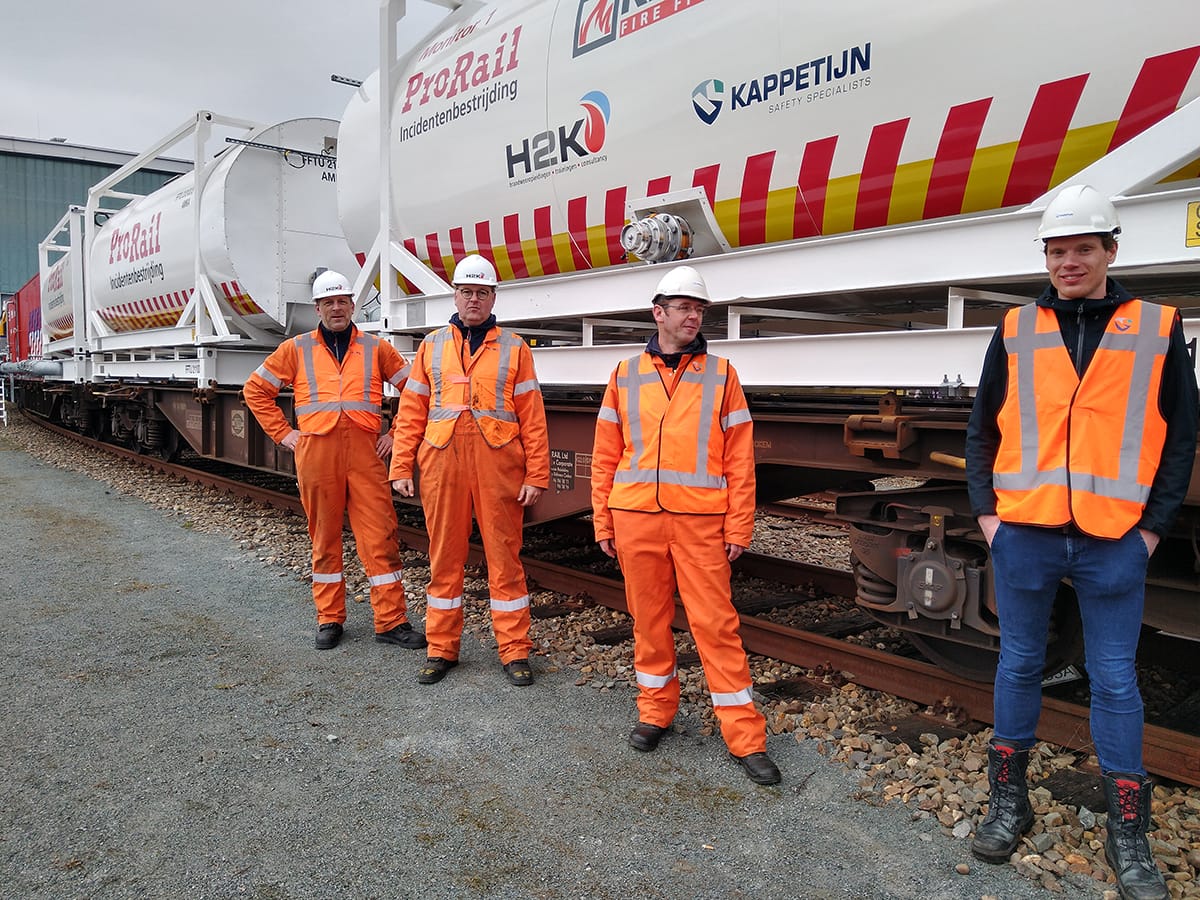

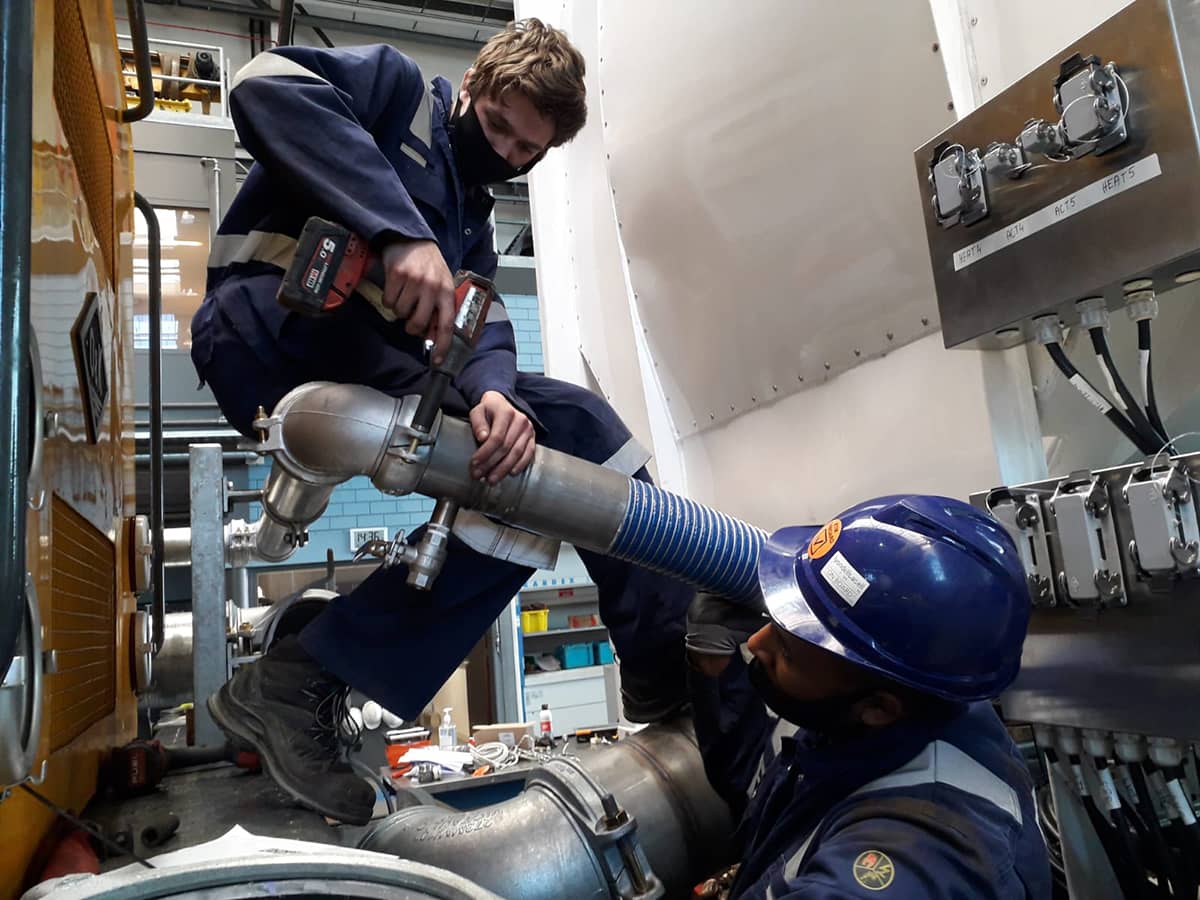
After consideration of various alternatives, the choice was made for a remote controlled fire train. In policy terms, the train is a temporary control measure providing a solution for a non-100% covered fire water main and insufficient accessibility.
So, a fire train, which can be on sight of an incident within 20 minutes of an alarm to start repression. To this end, it has 150.000 liters of water divided over 5 tanks and 8.000 liters of foaming agent on board. Locomotive and fifi-container with motor/pump, FireDos proportioner and fuel form the heart of the train, in order to be able to keep a distance from the fire during deployment. The train has monitors positioned at both ends, which can cross a distance of roughly 80 meters with a power of 4.000 liters per minute.
Gigantic fire tanker
This vehicle is essentially a gigantic fire train: 67 meters long and 330 tons heavy. The operational base for the train is a railway on site of railway manager Shunter, on the south side of the shunting yard. Shunter facilitates the train’s operational readiness on a 24/7 basis, and provides a train driver. Operation of the train is done by a dedicated team of 2 firefighters, who are also available 24/7, led by the first shift on site of an incident from the Unified Industrial Fire and Rescue Service Rotterdam Rijnmond, who fulfil the private fire services for ProRail.
Mini-documentary on the realization of this unique mobile firefighting device.
Fire trains have existed for some time in other places in the world. For example, in the Alps, there are fire trains designed for incidents in (long) train tunnels. The functionality of those trains is more aimed at technical service provision, partially at firefighting and mainly at the transportation of people in airtight cabins. During industrial calamities however, the need lies more in large amounts of water, great pump capacity and long distances for applying water and foam. The fire train designed for Waalhaven South can be deployed in open spaces and can realize a fast knock-down of larger (pool) fire incidents with hazardous substances.
Photography: © Rob Jastrzebski
Focal points
Existing deployment procedure is leading
High level operational safety for service providers
Connection to existing training and education for firefighters and train drivers
Proven techniques & modular build
Client
Partners
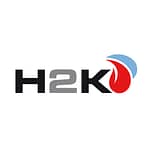
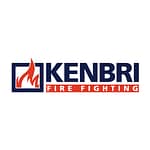


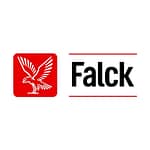

Required reading
Information you need to know
There’s a lot of information about Mutual Aid and PPS, but what’s really relevant? We’ve ploughed through hundreds of articles and reports to filter out the most relevant information with safety regions/central municipalities, environmental services/permit issuers, companies/sector organizations and area managers/port companies in mind.

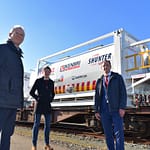
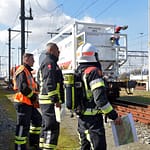

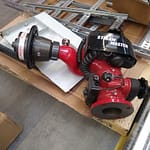

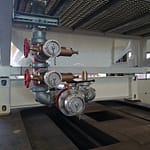
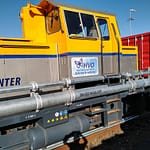
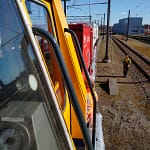
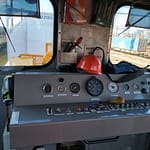
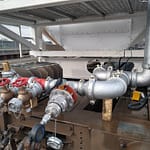
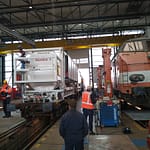
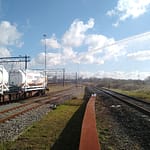
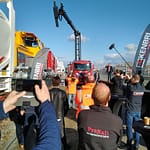

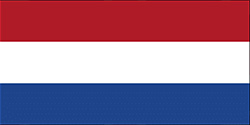 Nederlandse versie
Nederlandse versie
